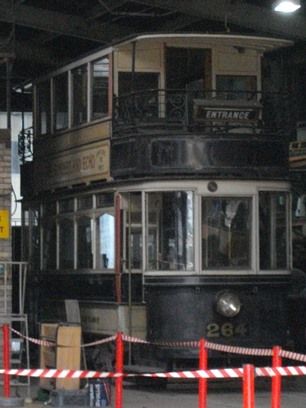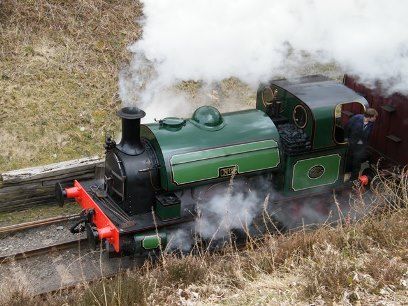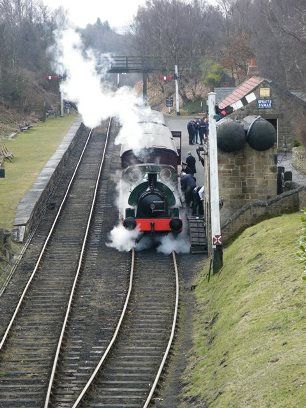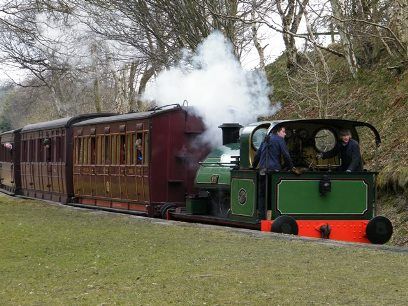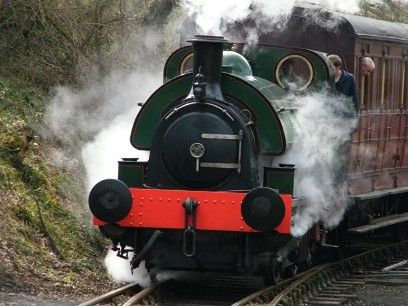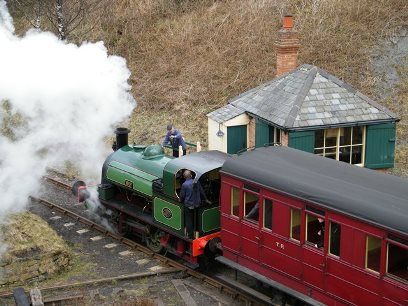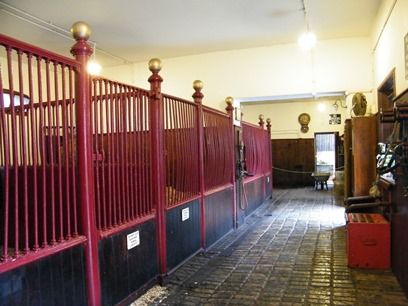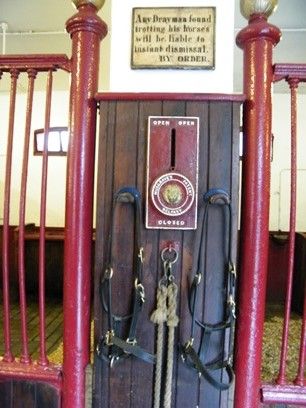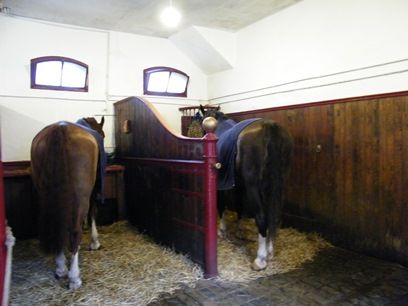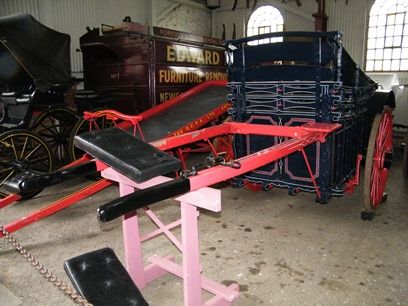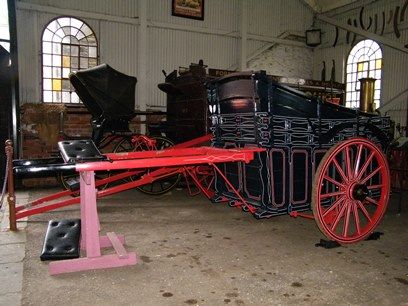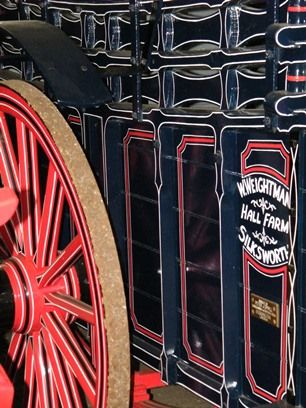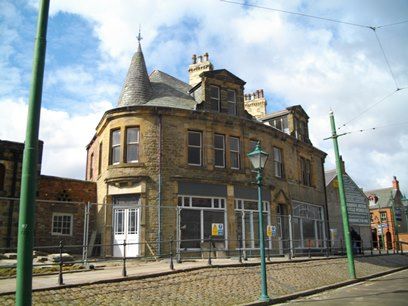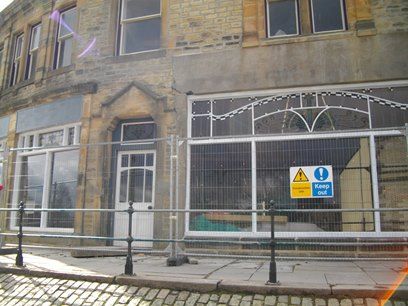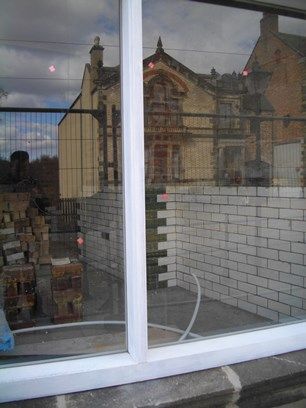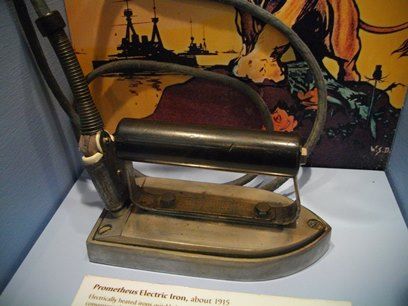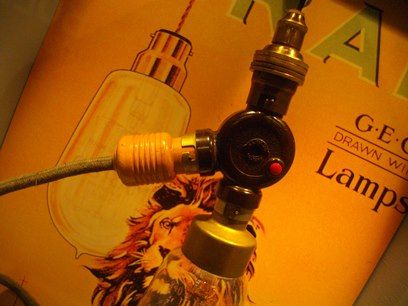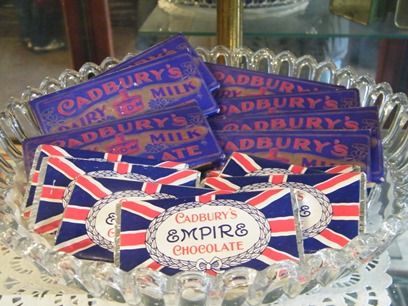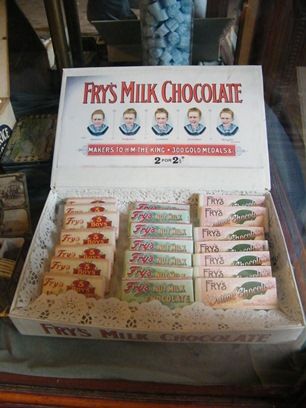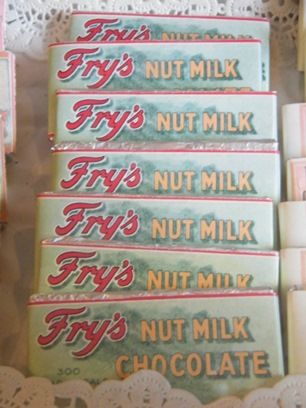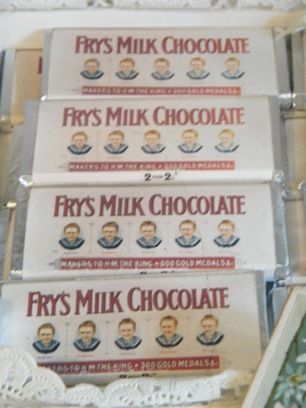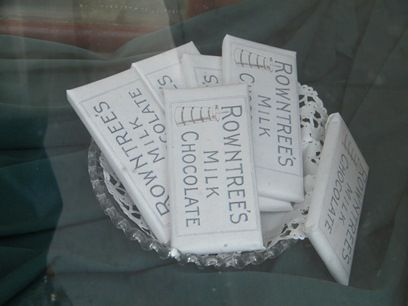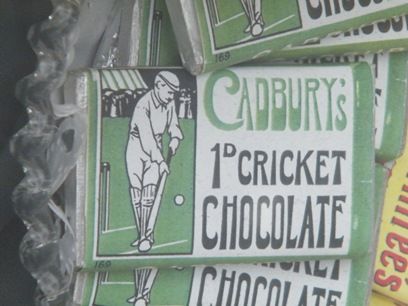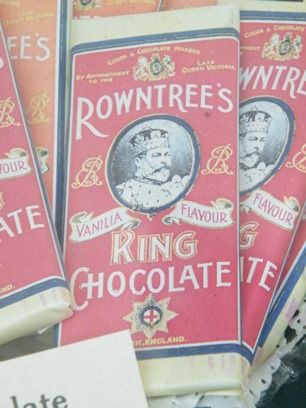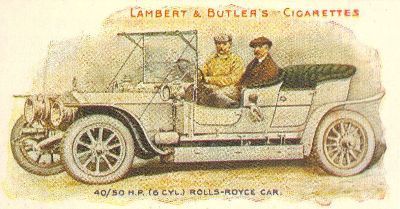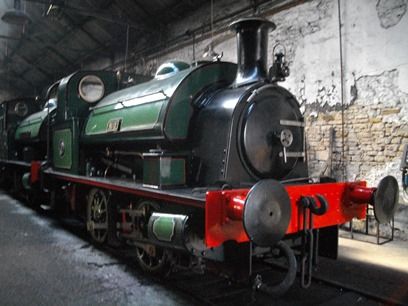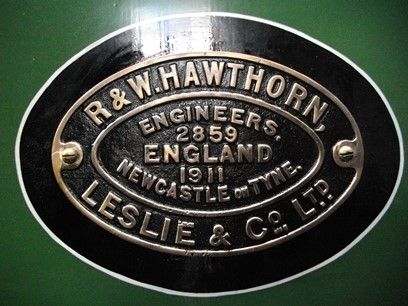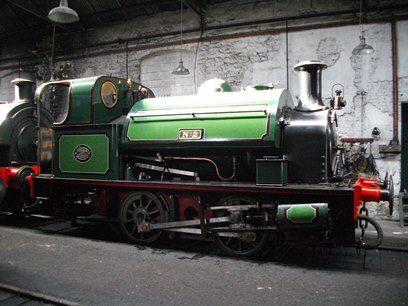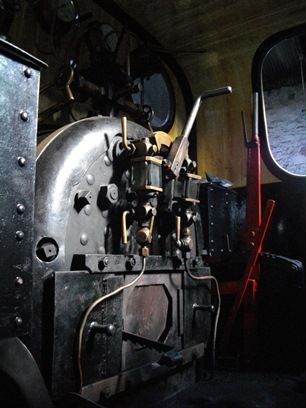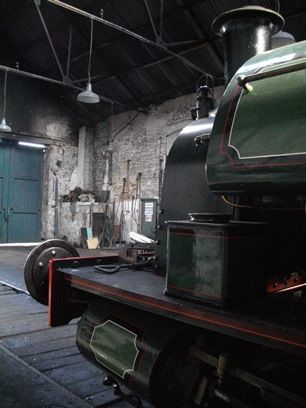For many years there have been reported sightings of 'big cats', such as a puma, lynx or even a lion, out in the countryside. It is likely that some are true, and it is known that people who have kept big cats as pets released them into the wild when the Dangerous Wild Animals Act 1976 came into force. Some have even been captured, shot or killed by other methods (ie one in Shopshire was found in 1989 after being hit by a car). Dating back even further, this Canadian lynx was found and shot in Devon in 1903 after attacking two dogs, and is now in the stores of the Museum of Bristol
http://www.bbc.co.uk/news/science-environment-22263874
A blog about the Edwardian era in the UK - objects, buildings, people, literature, film and all other aspects of the Edwardian era (covering 1901-1919)

Thursday, 25 April 2013
Wednesday, 24 April 2013
Sheffield Tram 264, 1907
Sheffield 264 is one of a batch of fifteen identical Trams delivered to Sheffield Corporation Tramways in 1907 by the United Electric Car Company of Preston, Lancashire. The upper deck was totally enclosed in the 1920's, which I believe means that the current condition of 264, with a 'balcony' top deck, means it is in its original Edwardian 'as built' condition. It was renumbered in the 1930's to become 342 and was only used at peak times, but clinged on until the 1950's when it was retired and entered preservation. After display at a couple of sites, including the Clapham Transport Museum, now long gone, it ended up at Beamish where it was painted in Gateshead fleet colours (although it never served at Gateshead), and was converted to an open top deck Tram owing to the poor condition of the top deck, however this later reinstated. It has been in storage in the Beamish tram depot for a number of years awaiting major restoration work to the body as well as mechanical attention before entering service again. Interestingly, there are two Sheffield 264's in preservation, the other being 264 of 1937, which is at the National Tramway Museum at Crich, Derbyshire
Monday, 22 April 2013
Hawthorn & Leslie 0-4-0ST Steam Locomotive No 2, 1911 - Part 4
The overhaul of this locomotive has featured several times already on this blog, and these photos taken in early April show Hawthorn Leslie No 2 back in service on the Tanfield Railway. See the previous posts regarding Hawthorn Leslie No 2 of 1911 here;
Saturday, 20 April 2013
Stables c1900
As much as the early 1900's saw a huge increase in motor vehicles on the streets of Great Britain, the horse was still by far the biggest method of transport on the roads, and so stables like these were commonplace. These stables would be used to house horses used to pull wagons, carts etc, and known as 'livery stables'
Shire horse eyeing this blogger with suspicion - he proved friendly enough though!
Thursday, 18 April 2013
Horse drawn float, c1900
A two wheeled float such as this one would have been used to carry unwieldly loads, often milk churns or beer barrels. They would be driven by a single horse, and the driver would stand up at the front of the cart
Tuesday, 16 April 2013
Beamish Edwardian Bakery
These photos taken in April (apart from the photo of the advertisement on the side of the building taken in January) show the latest progress on the Bakery being built the Beamish open air museum - when finished, this Bakery, in the 1913 high street, will make and sell typical products of a north eastern Bakery. I can't wait!
Sunday, 14 April 2013
Prometheus Electric Iron, 1915
This is a very early electric iron (although the first one was patented in 1881, but seemed pretty lethal - see here for one http://www.scienceandsociety.co.uk/results.asp?image=10325625&itemw=4&itemf=0001&itemstep=1&itemx=9 ), produced by the Prometheus Electric Company of New York, USA. Electric irons are a domestic item that today we take for granted, but would have been very novel - and also expensive - in the Edwardian era. Owing to their expense, they were often hired out by companies - this one has 'THIS APPARATUS IS THE PROPERTY OF THE NEWCASTLE UPON TYNE ELECTRIC SUPPLY COY LTD' stamped on a metal plate affixed inside the handle. Apart from the initial expense of the item, another issue with using an electric iron is where to plug it in - no wall plugs in those days! The answer was to plug it in an electric light socket, as illustrated here with the socket for the iron on the left. It is now illegal to do this, although i'd struggle to think of why you'd want to! An interesting piece of Edwardian technology not often seen, and although perhaps not as interesting as an electric locomotive or big motor car, is probably more influential in the development of our domestic lives
Friday, 12 April 2013
Edwardian chocolate!
Not a particularly informative post, but just some nice photos of some Edwardian chocolate bars on display in the front window of the Jubilee Confectioners in the Beamish recreated Edwardian high street
Friday, 5 April 2013
Rolls Royce 40-50hp (8 cyl) Car (Lambert & Butler Motors 12 of 25)
This is 12 of 25 in the Lambert & Butler Motors Series of Cigarette Cards issued in 1908. From the back of the card;
"This is a 6 cylinder, 40-50hp car, known as the "Silver Ghost," which, in 1907, completed under the observation of the Royal Automobile Club, a road trial of 15,000 miles, with only one involuntary stop of one minute, to turn on the petrol tap, at the 629th mile. The car holds the record (14,371 miles) for the longest run without an involuntary stop"
Thursday, 4 April 2013
Hawthorn & Leslie 0-4-0ST Steam Locomotive No 2, 1911 - Part 3
This typical Edwardian industrial railway Saddle Tank Locomotive, covered previously on the blog here;
And here;
Is now complete and has returned to steam at the Tanfield Railway, a fantastic preserved railway in the north east of England. I believe the testing has gone well, and should be in regular passenger service before too long. I highly recommend a visit;
Subscribe to:
Posts (Atom)
